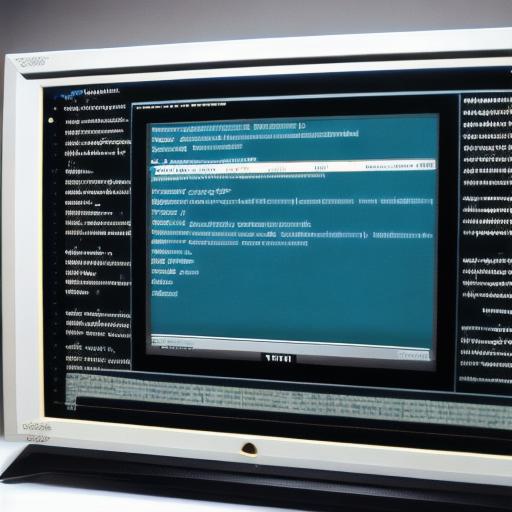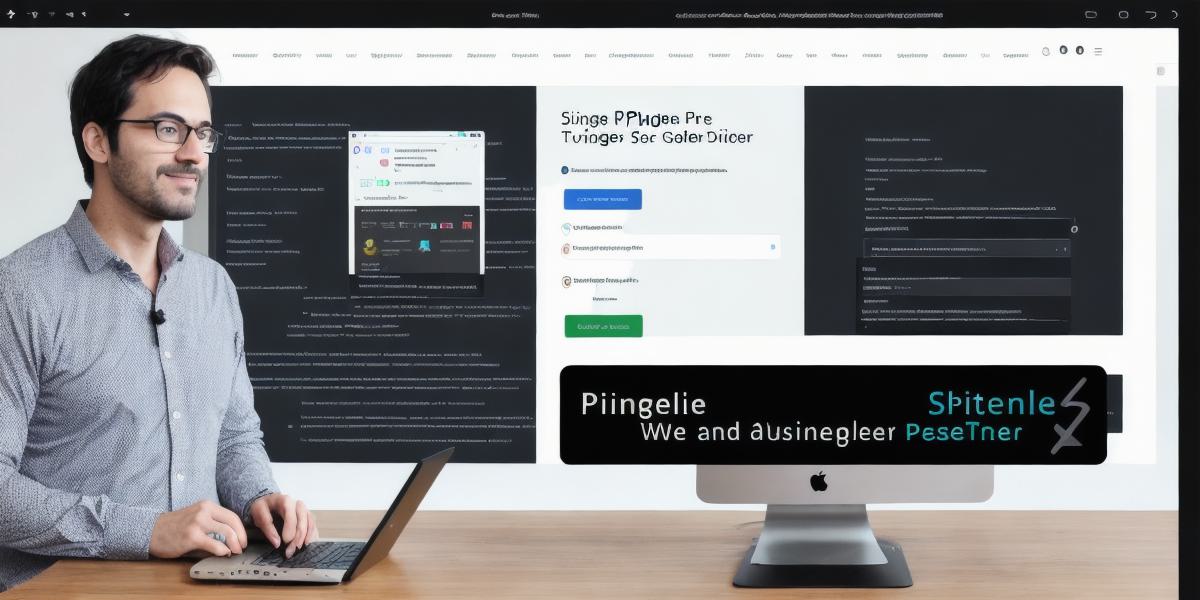Python for Web Development: A Comprehensive Guide for Beginners and Experts Alike
Python is one of the most popular programming languages today, and its versatility has made it a favorite among web developers. With its easy-to-learn syntax, vast libraries, and powerful frameworks, Python offers a great deal of flexibility and efficiency in web development. In this guide, we will explore some of the top reasons why Python is a must-have tool for any web developer and provide tips on how to get started with Python for web development.
Why Python is a Must-Have Tool for Web Developers
1. Easy-to-Learn Syntax
Python’s syntax is one of the easiest to learn among programming languages. Its clean and concise code structure makes it easy to understand and write, even for beginners. This feature allows developers to focus on writing code faster and more efficiently.
2. Vast Libraries and Frameworks

Python boasts a vast array of libraries and frameworks that can be used for web development. From Flask and Django to Pyramid and CherryPy, there are plenty of options available for building scalable and efficient web applications. These frameworks provide pre-built modules and components that simplify the development process and allow developers to focus on writing code.
3. Cross-Platform Compatibility
Python is compatible with a wide range of platforms, including Windows, Linux, and macOS. This feature allows developers to write code once and deploy it across multiple platforms without having to make significant changes.
4. Scalability and Efficiency
Python’s powerful engines and tools allow for scalable and efficient web development. With tools like Gunicorn and uWSGI, developers can run Python applications with ease and scale them up or down as needed. Additionally, Python’s built-in support for concurrency allows for efficient use of resources and better performance.
Getting Started with Python for Web Development
1. Installation
Python can be easily installed on any platform using the official website or package managers like apt-get or yum. Once installed, developers can install the necessary libraries and frameworks using pip, Python’s built-in package manager.
2. Learning Resources
There are plenty of resources available online for learning Python for web development. Websites like Codecademy, Udemy, and Coursera offer courses and tutorials on the subject. Additionally, there are numerous books and documentation available that provide a detailed introduction to Python for web development.
3. Best Practices and Tips
Some best practices and tips for using Python for web development include:
- Use version control tools like Git to manage code changes and collaborations.
- Write clean, readable, and maintainable code that follows the SOLID principles.
- Use a virtual environment to isolate dependencies and avoid conflicts.
- Implement security measures like HTTPS and input validation to protect against vulnerabilities.
Summary
Python is a powerful and versatile language that offers numerous benefits for web developers. With its easy-to-learn syntax, vast libraries and frameworks, cross-platform compatibility, and scalability, Python is a must-have tool for any web developer. By following best practices and leveraging the latest tools and techniques, developers can create efficient, scalable, and secure web applications using Python.
